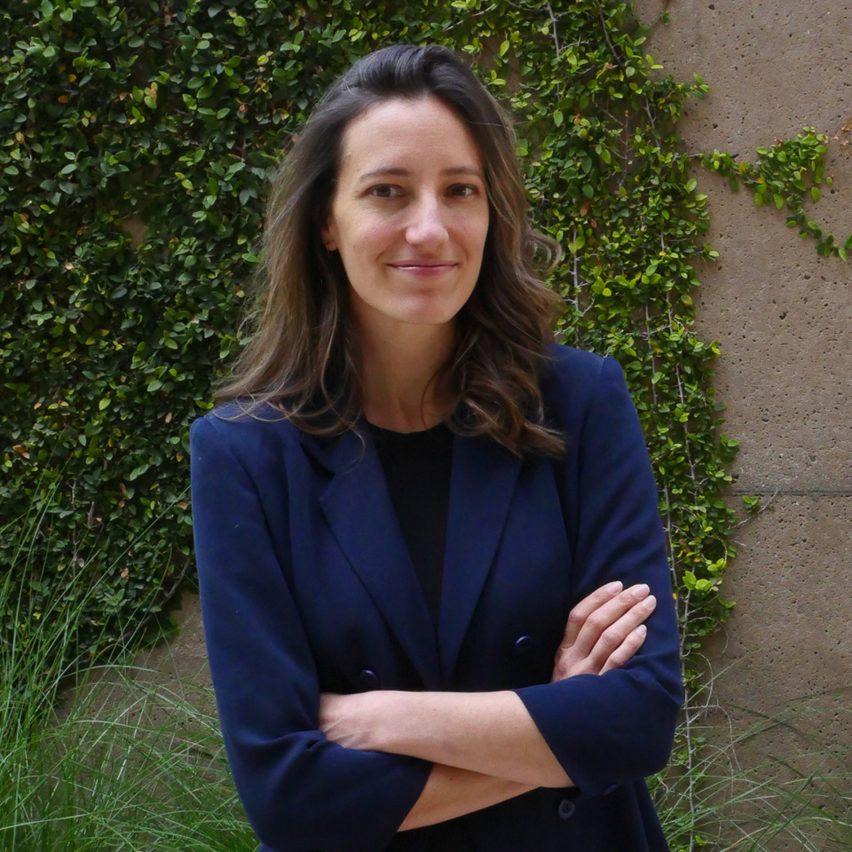
Turning the USA into a net-zero carbon economy could involve covering a landmass equivalent to seven states in geoengineering infrastructure, according to environmental social scientist Holly Jean Buck.
Overcoming resistance from communities impacted by vast renewable energy plants and carbon-removal machinery will be one of the biggest barriers in the fight against climate change, she said.
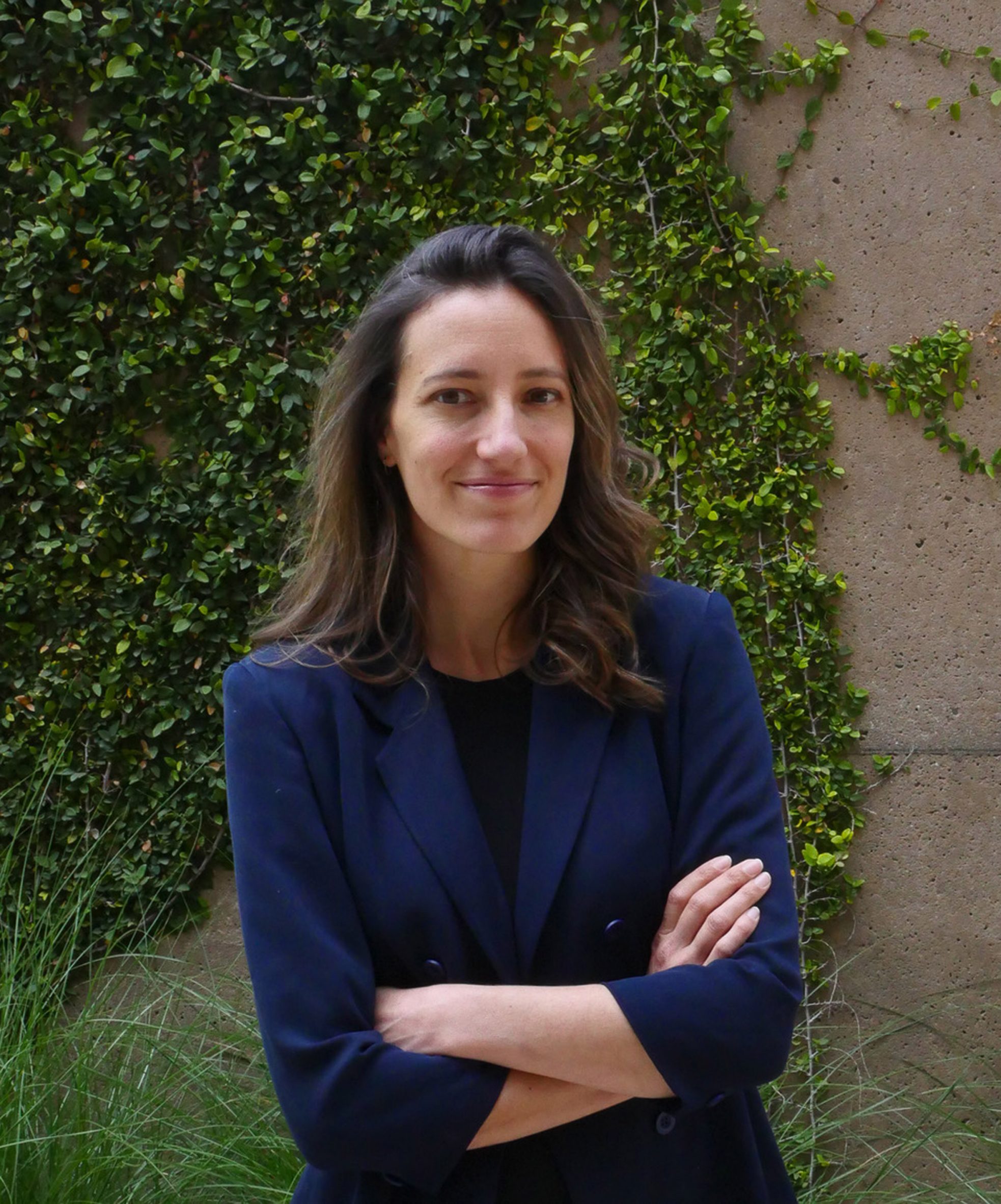
"We already have a lot of conflicts around land for renewable siting and we've only built out a small fraction of the amount of renewables we're going to need," she said.
"So that will be a challenge."Huge solar and wind farms will be needed to replace fossil energy and power millions of direct air capture machines needed to suck CO2 from the atmosphere.
Decarbonising will "really impact you"
In addition, decarbonising the USA will involve building intrusive infrastructure including power transmission lines as well as mines needed to extract the raw materials needed to build a fossil-free grid.
"It's gonna really impact you," said Buck, who is assistant professor of environmental sustainability at the University of Buffalo, USA.
"It's significant. It's not just about the visual aesthetic, it's about who's controlling it, it's about how the identity of the region is changing. If it used to be an agricultural area, there's a sense of loss around that."
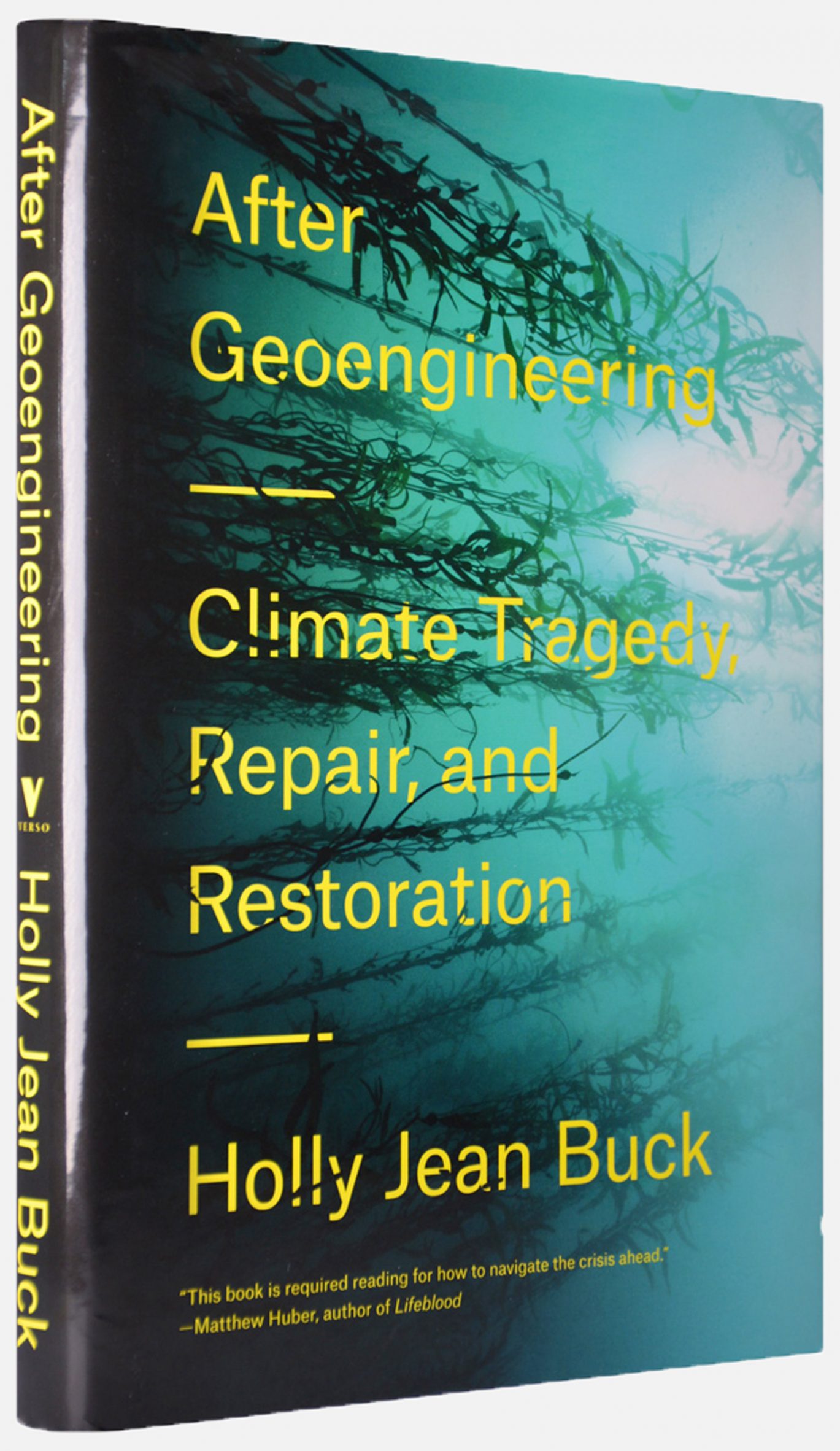
Reaching the climate targets set by the 2015 Paris Agreement "relies not just on slashing emissions, but also on developing the capacity to remove carbon dioxide from the atmosphere at the gigatonne scale," Buck wrote in an essay published on Dezeen as part of its carbon revolution series.
Huge renewable energy and carbon capture schemes required
Her 2019 book, After Geoengineering: Climate Tragedy, Repair, and Restoration, explored how various large-scale interventions could be explained in terms that made them socially acceptable to a concerned public.
The solutions discussed include massive investment in renewable energy to replace fossil fuels, large-scale mitigation projects involving carbon capture to remove CO2 from the atmosphere, and underground storage of the captured carbon.
"The land is there to do it if we want to do it but it's a political and a social challenge," she said, citing the 2020 Net Zero America report by Princeton University.
Princeton's landmark report explored various pathways to turning the USA into a net-zero economy in line with the goals of the Paris Agreement, which aims to keep global warming within 1.5 degrees Celsius of pre-industrial levels.
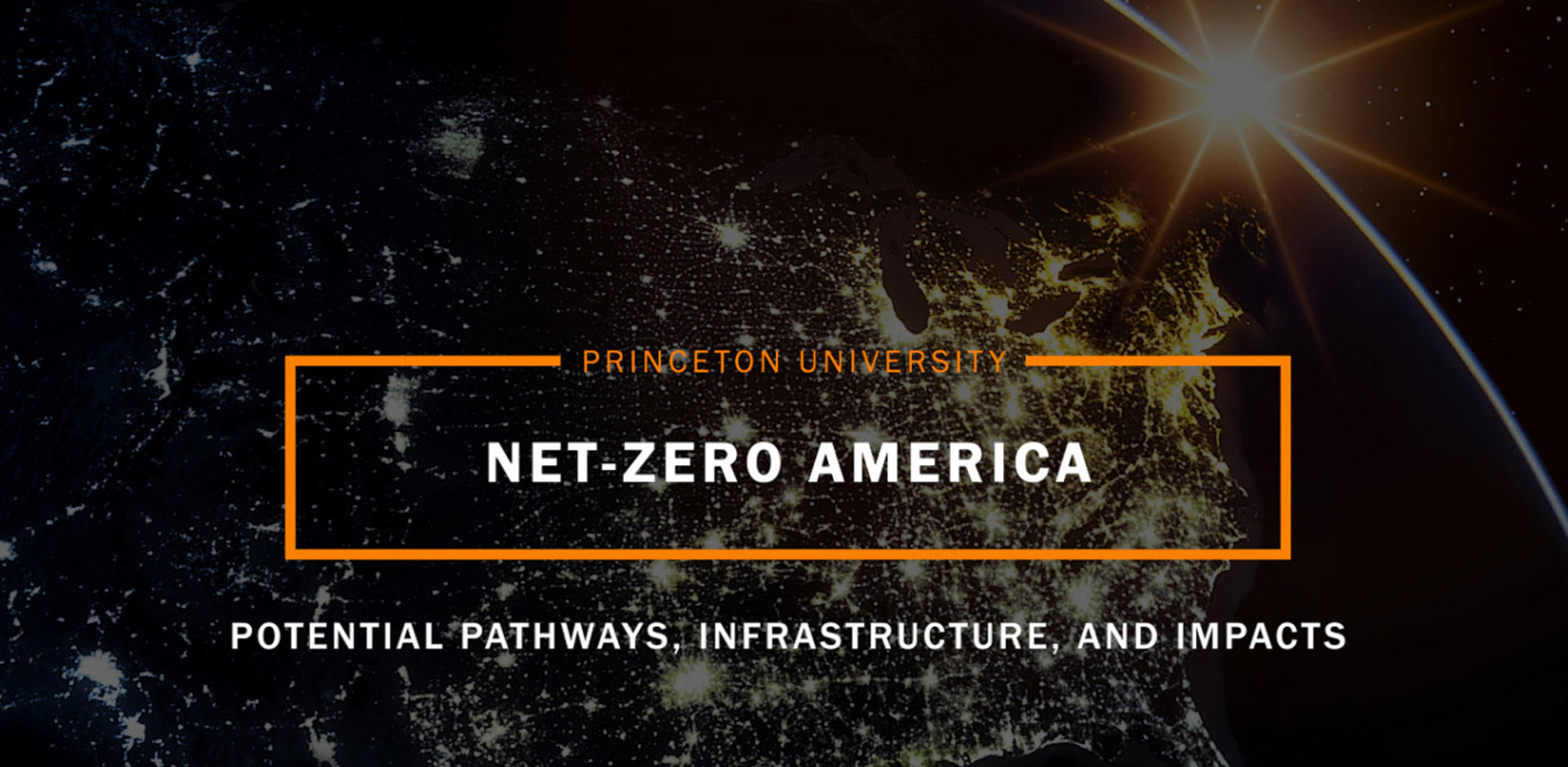
Under one scenario, which sees renewables provide almost all the country's power needs, wind farms would cover an area equivalent to Arkansas, Iowa, Kansas, Missouri, Nebraska and Oklahoma.
"They present a scenario that involves going fully renewable and using green hydrogen to decarbonize the last bit, which really adds a lot to the footprint," she said. "The land they say would be required for wind power is basically the area of about six states in the middle of the country and then for solar it's an area about the size of West Virginia."
"And for direct air capture, the footprint is something like Rhode Island," added Buck.
Nuclear plants could be used to create carbon-free power
Alternatively, carbon-free power could be provided by nuclear plants, Buck said. The US would need 250 nuclear power stations of at least a gigawatt each, or thousands of smaller reactors, according to the Princeton report.
Nuclear would require less land since a one-gigawatt reactor requires around 1,000 acres whereas a wind farm requires one hundred times more land to generate the same amount of electricity. "That would be possibly a better option just because of the land issues," Buck said.
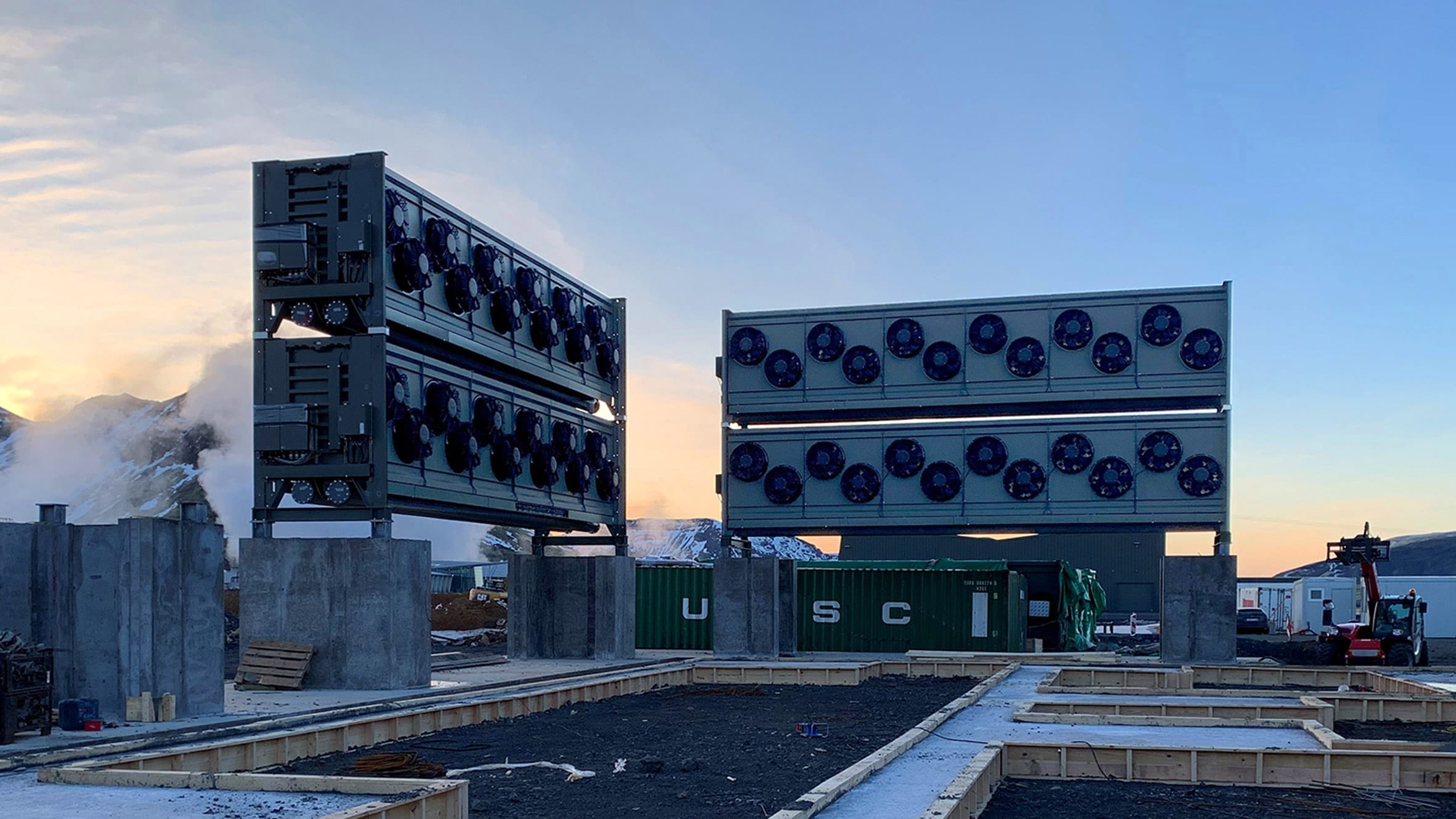
Since the industrial revolution, human activity has added around 2,200 gigatonnes of carbon dioxide to the atmosphere, Buck writes in her book. A further 40 gigatonnes are being emitted each year and the rate of warming is still increasing, she writes.
"This means that if the rate of warming slows down yet emissions remain at today’s rate, in twenty years, two degrees of warming are essentially guaranteed," meaning the world will overshoot the Paris Agreement targets.
"What would it take to avoid this?" she writes. "To keep warming below two degrees, emissions will need to drop dramatically — and even go negative by the end of this century, according to scenarios assessed by the Intergovernmental Panel on Climate Change."
Oceans could be used as a carbon store
In order to go carbon negative, the world will need to invest in a variety of highly ambitious geoengineering strategies to remove atmospheric carbon dioxide. Solar geoengineering, which involves injecting aerosols into the stratosphere to block incoming sunlight, is one possible route that does not require land.
Using the oceans as a carbon store is another route, Buck said. Various proposals have been mooted by scientists including ocean fertilization, which involves adding nutrients to encourage plankton blooms. These absorb carbon, which is then sequestered at the bottom of the ocean when they die.
But here too, communities will need to be given reassurances that their livelihoods won't be adversely impacted.
"People think of the ocean as vast but actually that space is very much used by coastal communities and by a lot of different actors," she said. "Anything that's going to change the ocean at scale will have people concerned and wanting to know what the risks and benefits are."
Another risk is that as communities become aware of large-scale geoengineering solutions to climate change, people will think they don't need to reduce emissions because the science will make the problem go away.
"One [thing] that comes up a lot in politics and in academic circles is the idea of mitigation deterrence," Buck said. "And it comes up with the public too. This is the idea that developing the technologies to remove carbon from the atmosphere will delay the energy transition or reduce the commitment to mitigate emissions."
Given that the science around climate change and how to prevent it is so complex and frightening, do some communities feel that it would be best to just let it happen?
"I've never once heard that, which is really interesting," Buck said. "I'm working a lot in the rural US. And most people there would say the climate is changing but they just don't think that humans are necessarily to blame for it."
"They think it's a natural cycle or something. So in that sense, they would rather figure out how to deal with climate change by changing how they do crop insurance or things like that."
Below is an edited transcript of the interview with Buck:
Marcus Fairs: Tell me about your work.
Holly Jean Buck: I'm an environmental social scientist. I'm an assistant professor of environmental sustainability at the University of Buffalo in Buffalo, New York. And my research is concerned, most broadly, with how do we use emerging technologies to deal with climate change? What are the politics? What are the cultural debates around that? And more specifically, what do people think about different techniques to remove carbon from the atmosphere? How do we set up these technologies and practices in ways that benefit communities and don't increase risks?
Marcus Fairs: What are your conclusions?
Holly Jean Buck: I'll just preface this by saying a lot of my research right now is focused on the US so I have US policy-centric answers. But broadly, it's clear that we need a bunch of different things. Obviously, biological carbon removal is limited by land.
I think that we should actually be putting a lot more money into engineering plants [to absorb more carbon and store it in the ground when they die] and we should be focusing more on marine carbon removal, including kelp, than we currently are. But I also think there's a really important role for geological storage with direct air capture or bioenergy.
And those are also going to be limited by land. Bioenergy, obviously, because of growing biomass, but also direct air capture in terms of deploying renewables to power direct air capture. In the US, we already have a lot of conflicts around land for renewable siting and we've only built out a small fraction of the amount of renewables we're going to need. So that will be a challenge.
Marcus Fairs: Tell me about the land-use issue. Are you saying we might run out of land to put renewable-energy infrastructure on? Or we might run up against problems with people wanting that infrastructure near them?
Holly Jean Buck: There are conflicts around landscape aesthetic but also about control and ownership. People don't want some company from some other place coming in, blanketing the fields near their house when they're seeing no benefit. So it's not just about the visual aesthetic, it's about who's controlling it, it's about how the identity of the region is changing. If it used to be an agricultural area, there's a sense of loss around that.
To understand the scale of renewables needed to just decarbonize the grid, you could look at Princeton's Net Zero America report. It's significant. It's not just like a not-in-my-backyard thing. It's gonna really impact you. Obviously you can put wind turbines in cornfields and we're already doing that. But it will continue to be a challenge.
Marcus Fairs: So it is like a psychological challenge for people who don't want to see change more than a challenge to build the renewable infrastructure we need?
Holly Jean Buck: Well, there may be construction challenges too. I wouldn't be the best person to speak to you about that. It's also a real materials challenge in terms of critical minerals such as copper for battery storage. And also the increased mining for that stuff, as well. The land is there to do it if we want to do it but it's a political and a social challenge.
Marcus Fairs: How much land would be needed?
Holly Jean Buck: It depends on how much carbon removal we're talking about and also whether we can get people to accept nuclear, because that would be possibly a better option just because of the land issues. Here my reference again is Princeton's Net Zero America study. They present a scenario that involves going fully renewable and using green hydrogen to decarbonize the last bit, which really adds a lot on to the footprint.
The land they say would be required for wind power is basically the area of about six states in the middle of the country and then for solar it's an area about the size of West Virginia. And for direct air capture, the footprint is something like Rhode Island. And that's for a pretty decent amount of carbon removal, maybe up to two gigatonnes [per year], which is a reasonable thing to aim for.
But consider all the other competing land uses and the need to produce more food for a growing population and all that stuff, plus giving land back to nature, using that land for carbon sequestration, to plant forests on.
Marcus Fairs: What are the key social implications of potential solutions to climate change?
Holly Jean Buck: One that comes up a lot in politics and in academic circles is the idea of mitigation deterrence. And it comes up with the public too. This is the idea that developing the technologies to remove carbon from the atmosphere will delay the energy transition or reduce the commitment to mitigate emissions.
So that's kind of one big picture thing. And then you can look at different scales when you get down to ground level. People think about trade-offs regarding the sort of energy system they want. Maybe some communities would rather have a fossil fuel plant with carbon capture and storage than an alternative that costs more.
Marcus Fairs: Do you detect any feeling amongst any sector of any community that they'd rather have climate change? Just let it happen rather than deal with all the complex and worrying science?
Holly Jean Buck: No. I've never once heard that, which is really interesting. I'm working a lot in the rural US. And most people there would say the climate is changing but they just don't think that humans are necessarily to blame for it. They think it's a natural cycle or something. So in that sense, they would rather figure out how to deal with climate change by changing how they do crop insurance or things like that.
Marcus Fairs: Earlier you mentioned earlier ocean carbon removal. What can you tell me about that?
Holly Jean Buck: The science is less mature here and it's harder to track what happens to carbon in a fluid environment. There are a number of techniques being researched. The ones that had the most attention is ocean fertilization. There's areas of the ocean that are nutrient-limited. If you put iron in them, or another nutrient, you could grow a plankton bloom. And then the idea is that plankton would sink to the bottom of the ocean and that would be a mechanism for removing carbon from the atmosphere.
There's also things that are being researched around ocean alkalinization, which is adding lime to the ocean. There are also different ideas about artificial upwelling, such as drawing water from the deep ocean up to the surface areas so the biological and geochemical cycles interact.
I only have a basic understanding of the science because I'm a social scientist. I'm thinking about the governance aspects and the social dimensions of it. People think of the ocean as vast but actually that space is very much used by coastal communities and by a lot of different actors. So anything that's going to change the ocean at scale will have people concerned and wanting to know what the risks and benefits are. And there's also a lot of governance issues with the ocean because it's a commons. And there are different laws internationally that regulate what you can do there.
Marcus Fairs: How do you define "geoengineering"?
Holly Jean Buck: My definition of geoengineering is any intervention aimed to reduce global temperatures that is both planetary in scale and intentional. So it would include large-scale carbon dioxide removal of either the biological or synthetic sort. That said, I tend to try to avoid the term geoengineering as it is not really helpful! I think "large-scale mitigation" could fit this definition too.
Marcus Fairs: Your book "After Geoengineering: Climate Tragedy, Repair, and Restoration" explores "why we should re-imagine carbon removal technologies". What do you mean by that?
Holly Jean Buck: That book was aimed for a left-leaning audience that's going to be skeptical of anything involving carbon capture, use and storage [CCUS] because it's entangled with the fossil fuel industry. It was promoted around in the early 2000s as a way to get "clean coal". Right now we have thousands of miles of CO2 pipelines in the US that are used to transport CO2 to depleted oil wells to be used for enhanced oil recovery. So people are naturally skeptical about anything connected with that.
So the idea to reimagine it is to say, you know, what if this was not just an oil-industry project? Can we imagine using the expertise and technology that has been developed in those industries but repurposing it for putting carbon back underground?
Marcus Fairs: So the oil industry is promoting CCUS so it can use it for enhanced oil recovery, which allows it to extract more fossil reserves. How intertwined are the oil industry with CCUS technology?
Holly Jean Buck: I think they're very intertwined. Oil companies, not just US companies, are all thinking about this as a way of continuing to be viable companies. I think that's pretty clear from their documents. But I do think there are also people in these companies who do care about the future. They see that the world is reliant on fossil fuels for 80 per cent of its energy and it's not going to be a quick transition to replacing that 80 per cent.
If you think about the geopolitics and the way that most oil is produced by national oil companies, a lot of economies are really entwined with fossil fuels. So from their standpoint, this really is the most realistic way to not kill the planet.
Marcus Fairs: But you're talking about CCUS, which involves scrubbing CO2 from fossil-fuel industries, rather than processes that capture carbon directly from the atmosphere.
Holly Jean Buck: Yes. The terminology here is very much overlapping. And I think all of us, including me, could be more precise about it. So the oil industry term and the term that's used in US policy is carbon capture, use and storage – CCUS. They have really tried to make that a term that includes enhanced oil recovery wrapped up with the storage. In US legislation, it's more of a focus than carbon dioxide removal.
But they're different. Carbon capture use and storage is basically a mitigation technology, whereas carbon removal can remove emissions that are already in the atmosphere.
Marcus Fairs: Where do you stand on reforestation and afforestation? We wrote a story quoting various people saying that tree-planting is unreliable for carbon capture because you can't guarantee the permanence. And people got really upset because they love forests.
Holly Jean Buck: What you just said is basically true. I think it's great to do agroforestry. It can make more resilient food systems for smallholder farmers. And we need large-scale ecological restoration for biodiversity reasons. But I wouldn't put too much on it as a carbon removal solution. Not at the scale we need. I mean, you could get a gigatonne or two. And a lot of countries obviously are really relying on forests in their national inventories already, but I wouldn't pin grand hopes on it.
Carbon revolution
This article is part of Dezeen's carbon revolution series, which explores how this miracle material could be removed from the atmosphere and put to use on earth. Read all the content at: www.dezeen.com/carbon.
The sky photograph used in the carbon revolution graphic is by Taylor van Riper via Unsplash.
The post Persuading communities to accept the vast solar and wind farms needed to reach net-zero "will be a challenge" appeared first on Dezeen.
from Dezeen https://ift.tt/2Ulhsp5
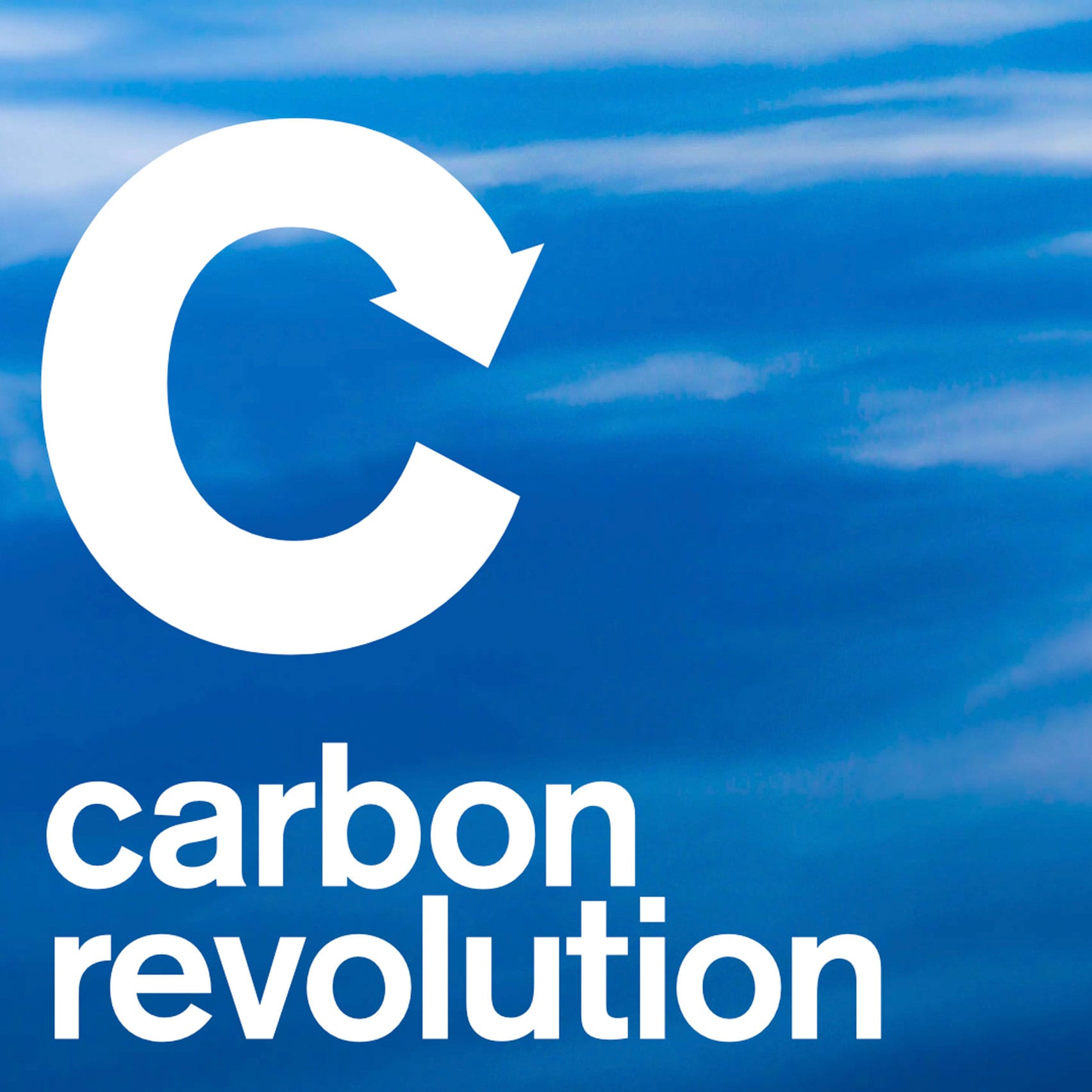
No comments:
Post a Comment